Papa Jake: TikTok star who fought from Normandy beaches to the Bulge dies aged 102
The Second World War US Army veteran shared his Second World War experiences with millions of people on TikTok and YouTube
The Second World War US Army veteran shared his Second World War experiences with millions of people on TikTok and YouTube

A dedicated mental health service for female veterans in eastern England has had an overwhelmingly positive response
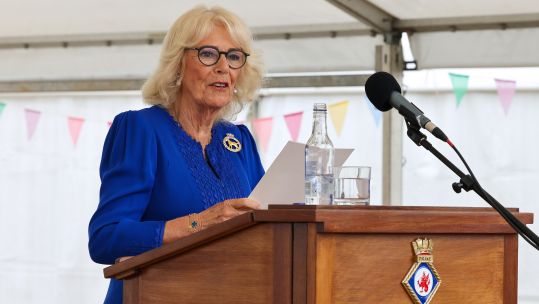
Queen Camilla is now Vice Admiral of the United Kingdom – but what does that mean?

We have been warned that grey zone attacks against the UK are increasing, but what can be done to combat the threat?
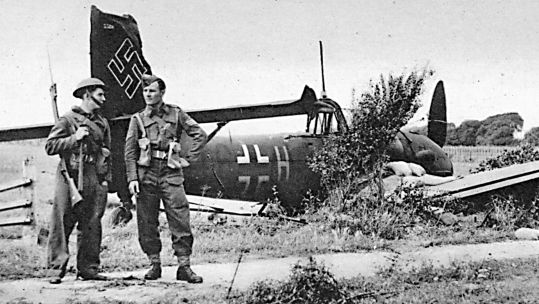
Germany had planned to clear the skies for invasion – but letters from the Luftwaffe's own aircrews show they doubted they could do it

The varied collection held at MOD Stafford charts decades of RAF history and includes everything from aircrew escape maps to atom bombs
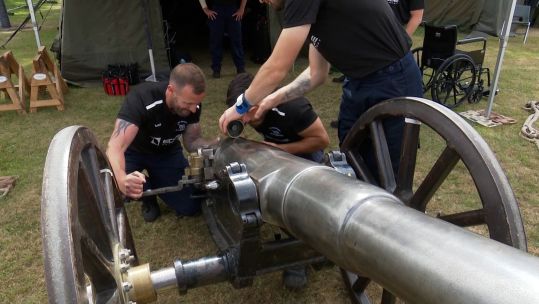
The contest has its roots in the Second Boer War and exemplifies teamwork, camaraderie, leadership, spirit, grit and discipline
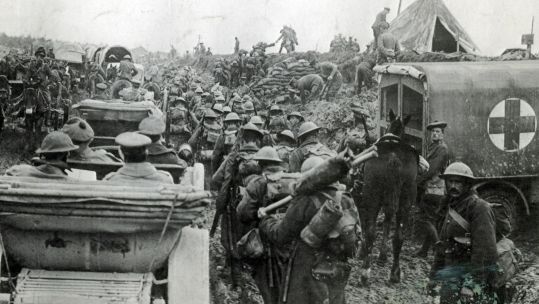
The Battle of the Somme is one of the biggest and most infamous battles in history, with more than a million casualties
There has been plenty of military research into the effects of low sodium in hot weather

BFBS Forces News reporter Sofie Cacoyannis was given the rare chance to hold the fragment
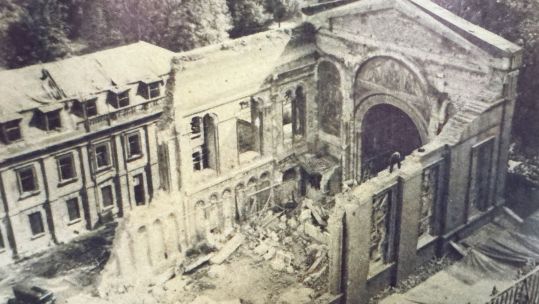
Tonnes of rubble fell onto the congregation, killing 121 people and seriously injuring more than 100 worshippers in the Guards' Chapel
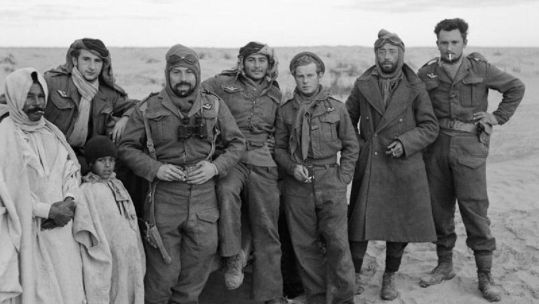
Damien Lewis' latest book, SAS Great Escapes 4, shines a light on five daring escapes carried out by the SAS during the Second World War

Des Powell's new book SAS: My Trial by Fire in hardback is out now
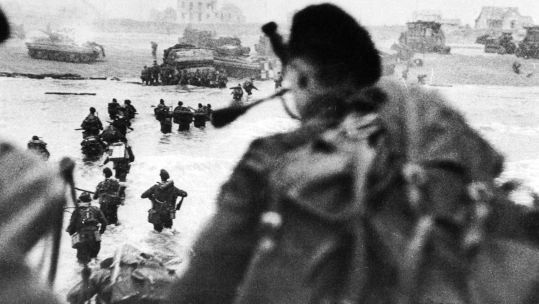
Sword Beach was assaulted by units of the British 3rd Division, plus French and British commandos, who met fierce German resistance
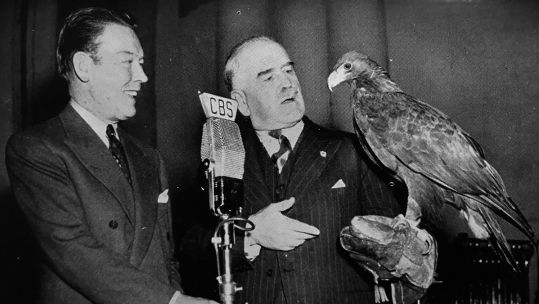
In 1938, Captain Charles Knight caught the attention of infamous Nazi Hermann Göring, head of the Luftwaffe and Reichsjägermeister
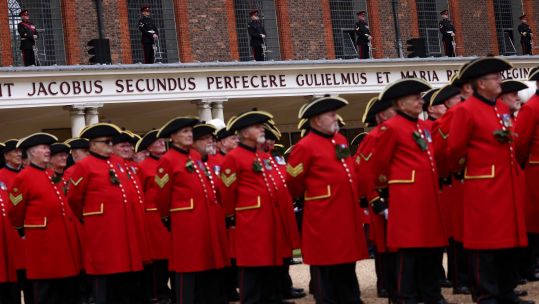
Ever wondered why certain veterans get to wear a rather splendid red coat or whether women can become Chelsea Pensioners?